In the latest issue of Athenaeum (112/1, June 2024), there are reviews of F. Oppedisano (ed.), Procopio Antemio, imperatore di Roma, Bari 2020 (by A. Sassoli), and of F. Giannotti, Scrinia Arverna, Pisa 2021 (by S. Condorelli).
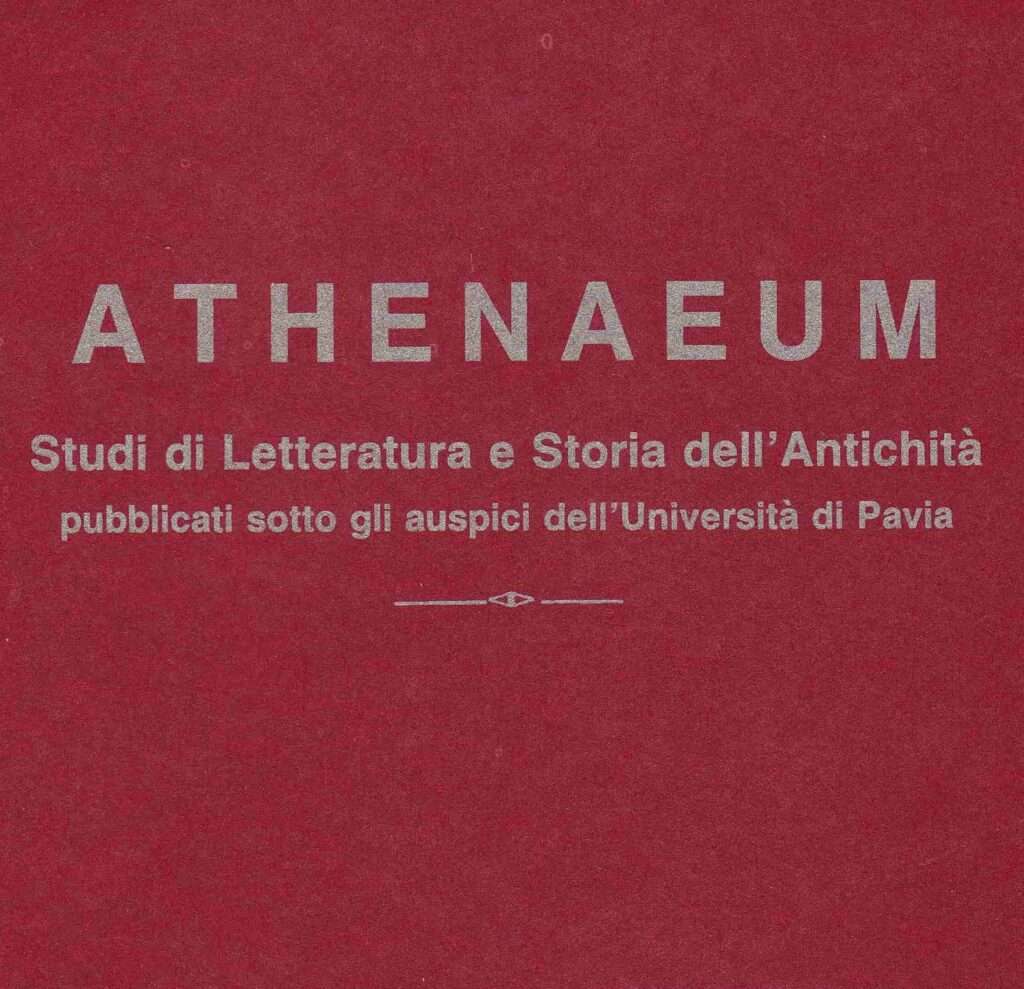

In the latest issue of Athenaeum (112/1, June 2024), there are reviews of F. Oppedisano (ed.), Procopio Antemio, imperatore di Roma, Bari 2020 (by A. Sassoli), and of F. Giannotti, Scrinia Arverna, Pisa 2021 (by S. Condorelli).
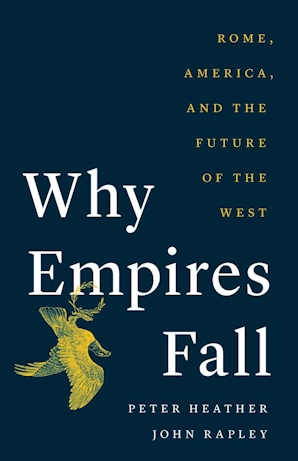
Peter Heather and John Rapley, Why Empires Fall: Rome, America, and the Future of the West, New Haven, CT: Yale University Press, 2023. Listed here.
Over the last three centuries, the West rose to dominate the planet. Then, around the start of the new millennium, history took a dramatic turn. Faced with economic stagnation and internal political division, the West has found itself in rapid decline compared to the global periphery it had previously colonized. This is not the first time we have seen such a rise and fall: the Roman Empire followed a similar arc, from dizzying power to disintegration.
Historian Peter Heather and political economist John Rapley explore the uncanny parallels, and productive differences, between ancient Rome and the modern West, moving beyond the tropes of invading barbarians and civilizational decay to unearth new lessons. From 399 to 1999, they argue, through the unfolding of parallel, underlying imperial life cycles, both empires sowed the seeds of their own destruction. Has the era of Western global domination indeed reached its end? Heather and Rapley contemplate what comes next.
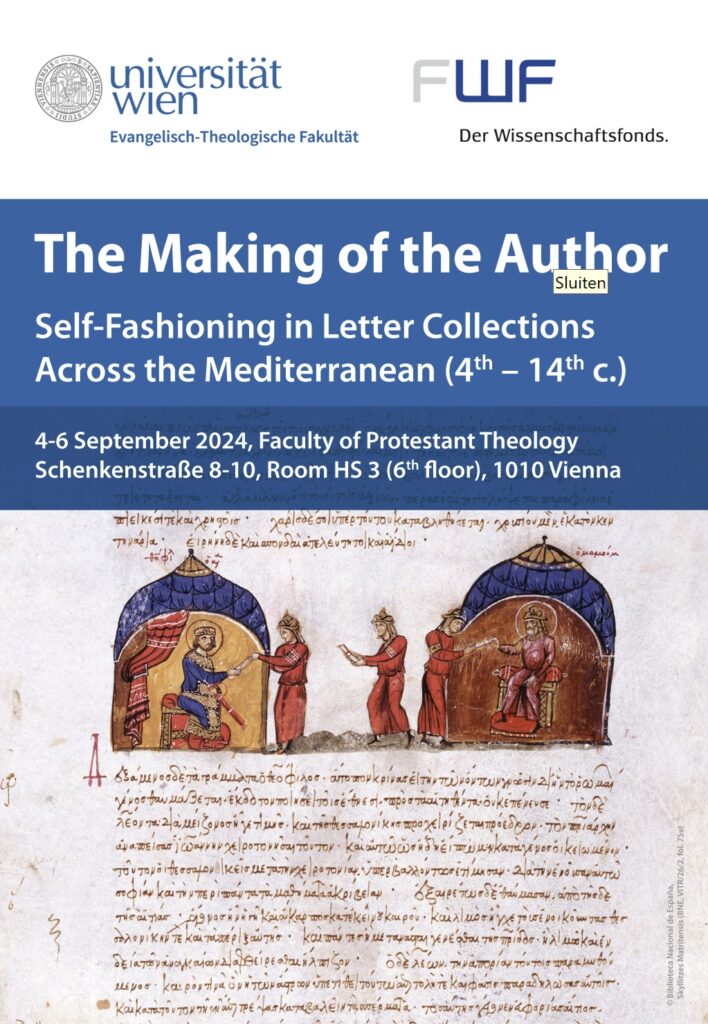
Coming soon, the international conference ‘The Making of the Author: Self-Fashioning in Letter Collections Across the Mediterranean (4th-14th c.)’. Giulia Marolla will give a paper on Sidonius: ‘Authorial self-fashioning and editorial designs in Sidonius’ letter collection’.
4-6 September 2024, University of Vienna, Faculty of Protestant Theology
Convenor: Madalina Toca (madalina.toca AT univie.ac.at).
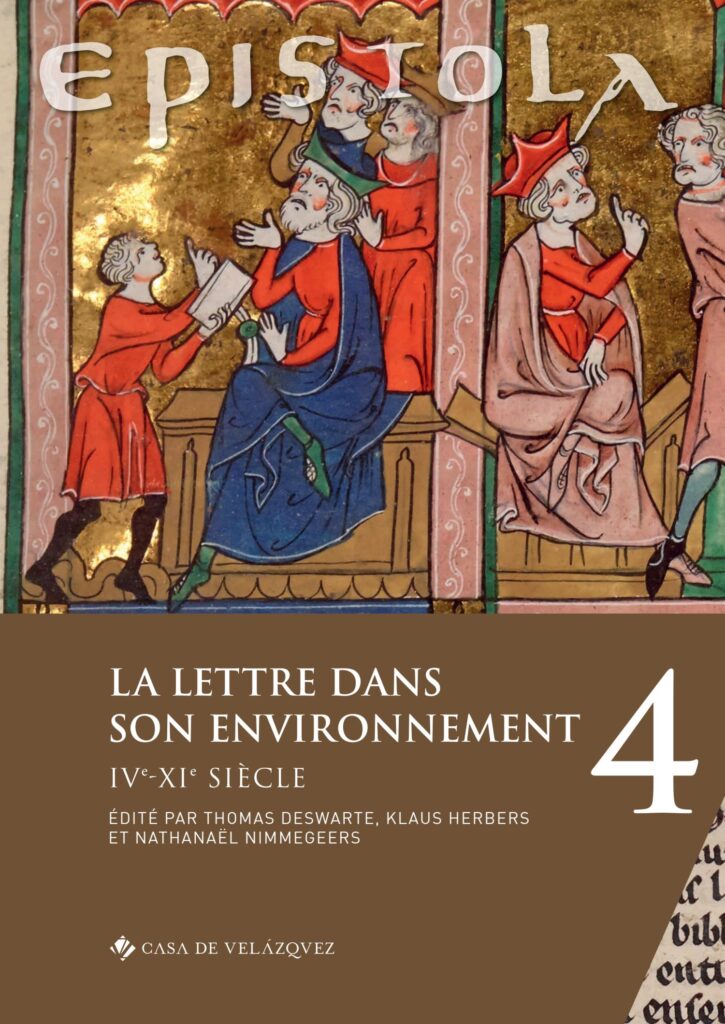
Camille Bonnan-Garçon, ‘Munus flatteur, présent ou sportule? Le billet accompagnant un cadeau dans l’Antiquité tardive’, in: Thomas Deswarte, Klaus Herbers and Nathanaël Nimmegeers (eds), Epistola IV. La lettre dans son environnement, ive-xie siècle, Madrid: Casa de Velázquez, 2024, 181-95.
Available online in OpenEdition. Features Sidonius Carm. 21 among other examples.
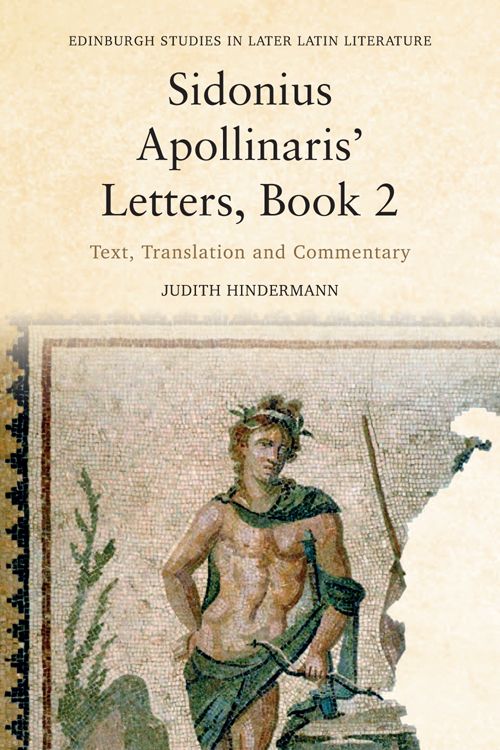
Judith Hindermann’s commentary on Letters Book 2 is now also available in paperback, for only £29.99.
Order here
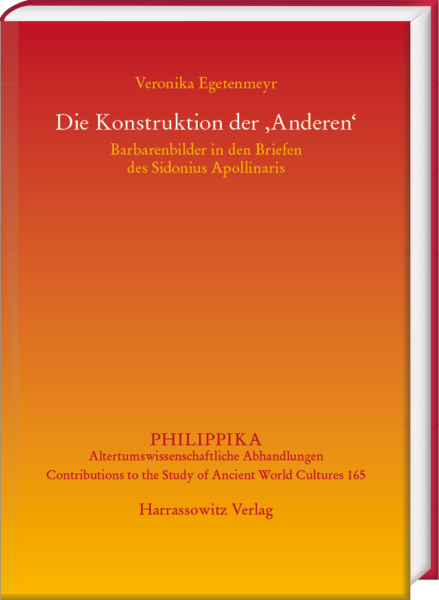
Reviews have appeared of Veronika Egetenmeyr, Die Konstruktion der ‘Anderen’. Barbarenbilder in den Briefen des Sidonius Apollinaris:
– Hendrik Hess in Plekos 26 (2024) 301–306
– Nikolas Hächler in BMCR 2024.08.12.
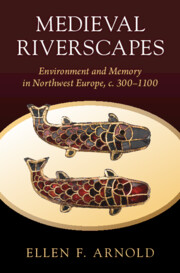
Ellen Arnold wrote Medieval Riverscapes: Environment and Memory in Northwest Europe, c. 300-1100, Cambridge: CUP, 2024.
Check it in the catalogue. Late antique Gaul is treated on pp. 15-64.
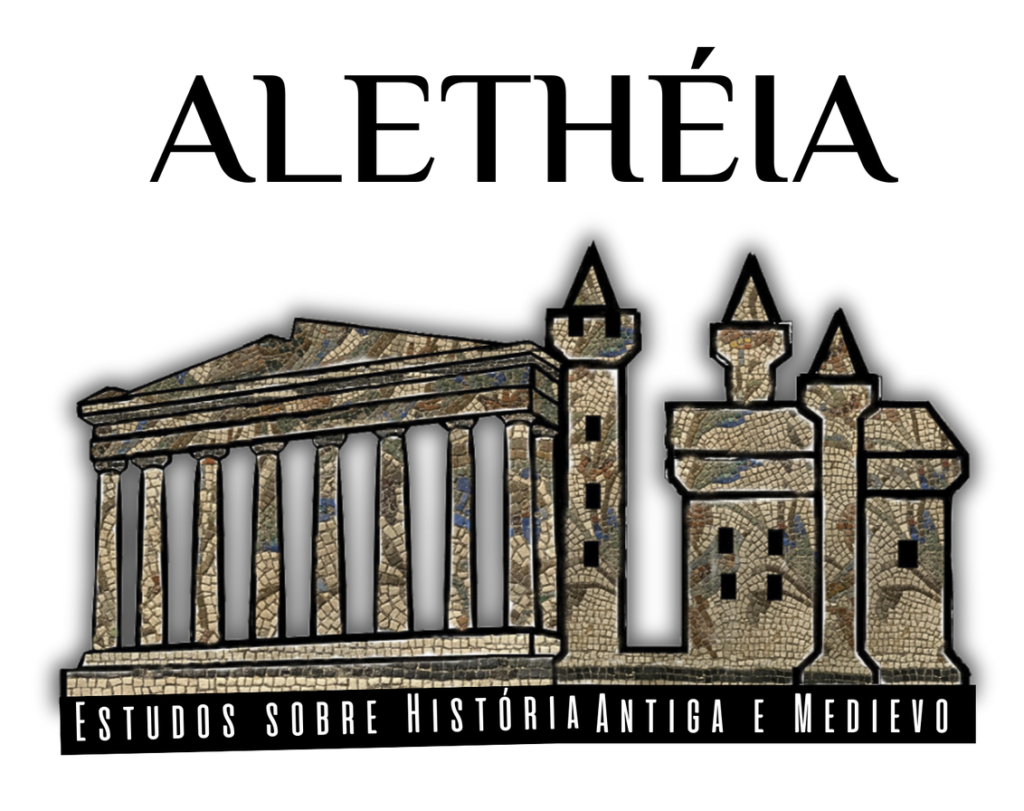
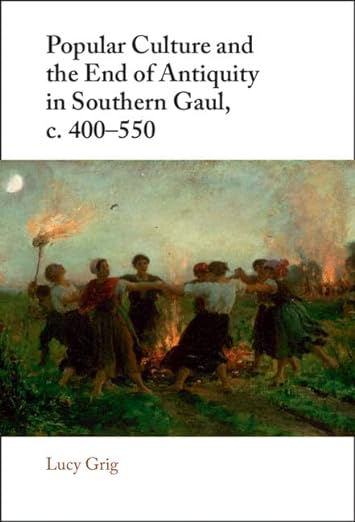
Pedro Benedetti interviews Lucy Grig about her book Popular Culture and the End of Antiquity in Southern Gaul. Watch the interview here
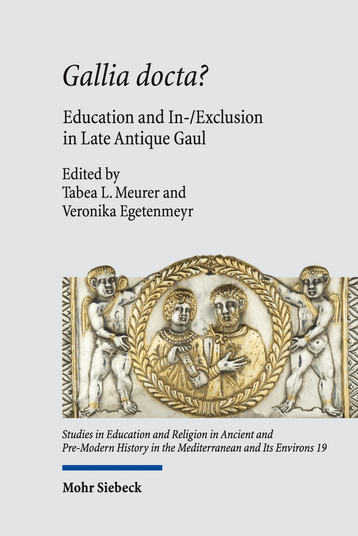
Carlo Ferrari reviews Tabea L. Meurer & Veronika Egetenmeyr (eds): Gallia docta? Education and In-/Exclusion in Late Antique Gaul, in Sehepunkte 24 (2024) no. 7, 8.’
‘Ten years after the release of Steffen Diefenbach and Gernot Michael Müller’s pivotal work, Gallien in Spätantike und Frühmittelalter, this new volume serves as an important resource for expanding our understanding of a region central to the cultural history of the late Roman Empire and early Middle Ages. While much of the volume understandably focuses on Sidonius’ literary production, it successfully offers a highly original and comprehensive view of Gallic society during a time of significant transformation, highlighting the strategies of inclusion and exclusion prompted by the emergence of new communities and the spread of Christianity, and going beyond the traditional barbarian/Roman and pagan/Christian dichotomies.